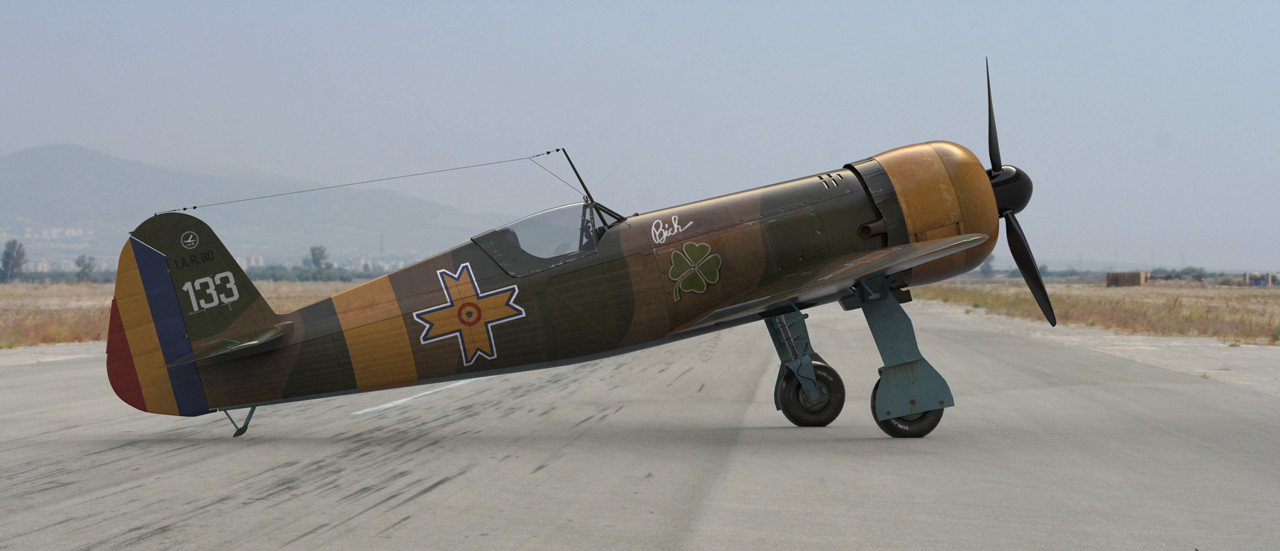I'd also be looking at water-methanol injection.
I would be putting serious work into nitrous oxide injection, too.
If it wasn't too far beyond the tech, I'd be looking at steam-forming wood fueslage halves, fitting tip fences (as winglets), & examining low-friction coatings (like graphite & Teflon) for engine & other internals, & hypereutectic pistons, to reduce friction losses.
I would be putting serious work into nitrous oxide injection, too.
If it wasn't too far beyond the tech, I'd be looking at steam-forming wood fueslage halves, fitting tip fences (as winglets), & examining low-friction coatings (like graphite & Teflon) for engine & other internals, & hypereutectic pistons, to reduce friction losses.




















